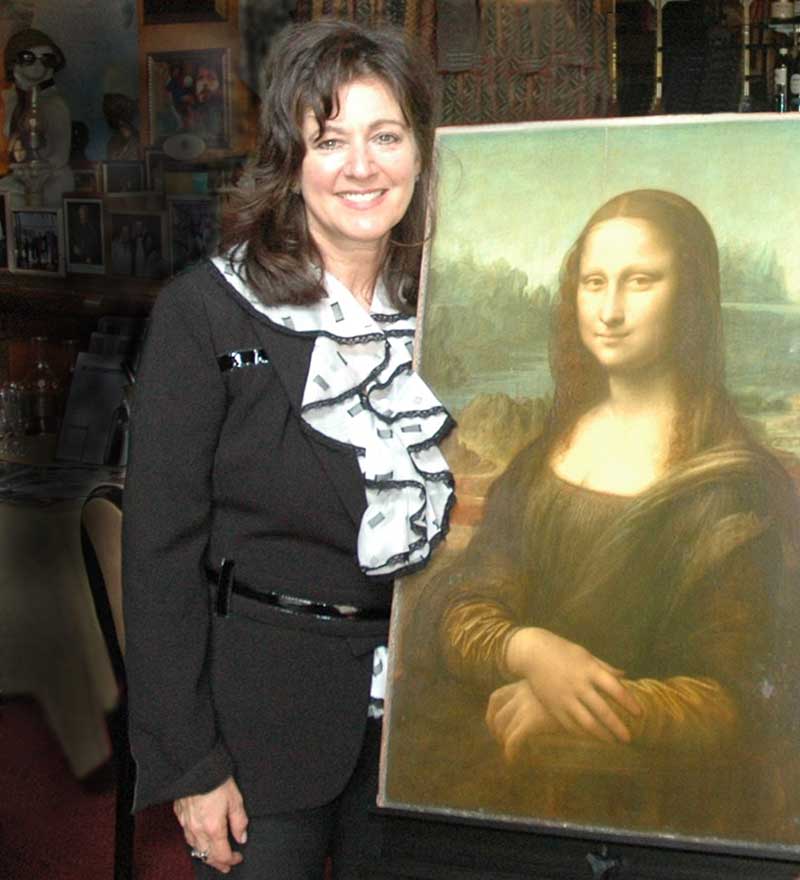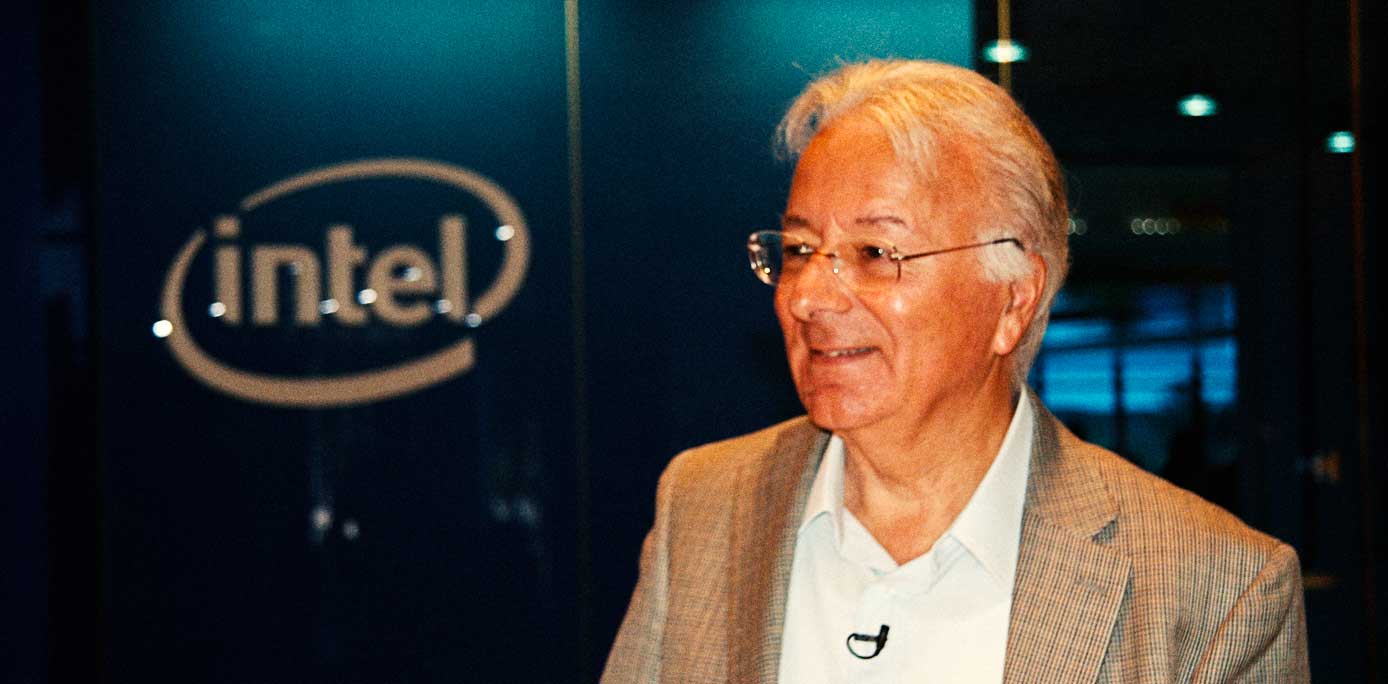Perhaps some people believe history is a thing of the past. Think again. It is all around you. You look at it every day and likely even admire it. Examples are the many Italian cultural sites of San Francisco’s North Beach such as the Columbus Tower and St. Francis Church.
These monuments to our cultural past were captured, admirably we might say, by the Dean of North Beach photographs, J.B. Monaco. You may not have heard of him, as he was before our time, but, nonetheless, his imprint on our Italian culture is ever-present, captured in historic images spanning over 70 years.
When Columbus Avenue was still called Montgomery Street, renowned photographer J.B. Monaco (Giovanni Battista, 1856-1938) was there to document the area that was then considered one of the most significant outposts of Italians in the United States. He took many of the images you see in numerous books devoted to the City’s historic Italian quarter. His impressive photographic collection spans over 70 years. The image of him seen here was taken in 1908 when Monaco was 52 and is thought to be a self-portrait.
Monaco was born in Verscio, near Locarno, on December 12, 1856. Verscio closely borders northern Italy and is considered Switzerland’s Italian region where most of its residents speak Italian. He immigrated to the U.S. in 1875 joining his brother, Louis, in Eureka, Nevada, then moved to San Francisco in 1888.
Their original San Francisco photographic studio was 1228 Market Street, and later 702 Market. After Louis’ passing in 1887, J.B. moved the photography business to North Beach, at 205 Columbus Avenue, when the street was still called Montgomery. That portion of Montgomery is now called Columbus Avenue, the change having been made in 1909. In 1915, Monaco purchased a Victorian home at 2434 Leavenworth Street on Russian Hill above North Beach. The house survived the 1906 fire which took the studio that he moved to 234 Columbus until his retirement in 1937.
J.B. had a way with the lens that captured early San Francisco during a period of dynamic change. Although he was well-known for his studio portraits of San Francisco’s prominent and wealthy citizens, he was also one of the photographers that captured the 1906 disaster as it happened, including numerous images of his own family’s personal losses.
Accounts of the time report J. B. would enjoy saying that his first job in the city was washing dishes in a house of ill repute when actually it was a job at the Bella Union, a melodeon, or variety theater back in the 1800s, famous for its shows considered suitable for men only. J. B. was a painter of some talent, so Louis put him to work as color artist in his City Photographic Gallery, touching up and tinting photographic portraits. At the same time, Louis taught his younger brother the basics of photography. He did work for L’Italia newspaper, although he was not their official photographer.
One of his many famous photographs is the image of the intersection of Montgomery and Kearny Streets, the intersection that was called the Gateway to North Beach in the 1800s. Dick Monaco, grandson of J.B. Monaco, donated this image for the cover of the book “Images of America-San Francisco’s North Beach & Telegraph Hill”.
Historian Kevin Starr wrote an article for the San Francisco Examiner in which he described Monaco’s work as “frozen motion, fragments of a continuous flow of life rather than static and isolated compositions. Above all, Monaco obviously loved the world of North Beach. His portraits glow with affection.”
J. B. Monaco considered San Francisco his adopted city, a city he documented in a photographic collection, a legacy consisting of hundreds of photographs that have survived and were left in the caring hands of his grandson, Richard Monaco. In 2009, Richard donated the J. B. Monaco Collection to the San Francisco History Center at the San Francisco Public Library.
The legacy of J.B. Monaco is so rich and important to today’s thriving, youth-driven San Francisco that his story is best told in two parts. In the next issue, we will explore part two; How the Past is the Present, which includes recent conversations with J.B. Monaco’s grandson, Richard Monaco.






























